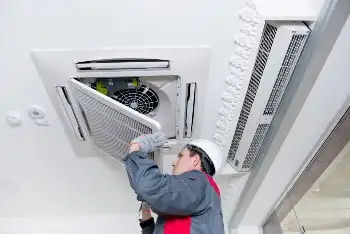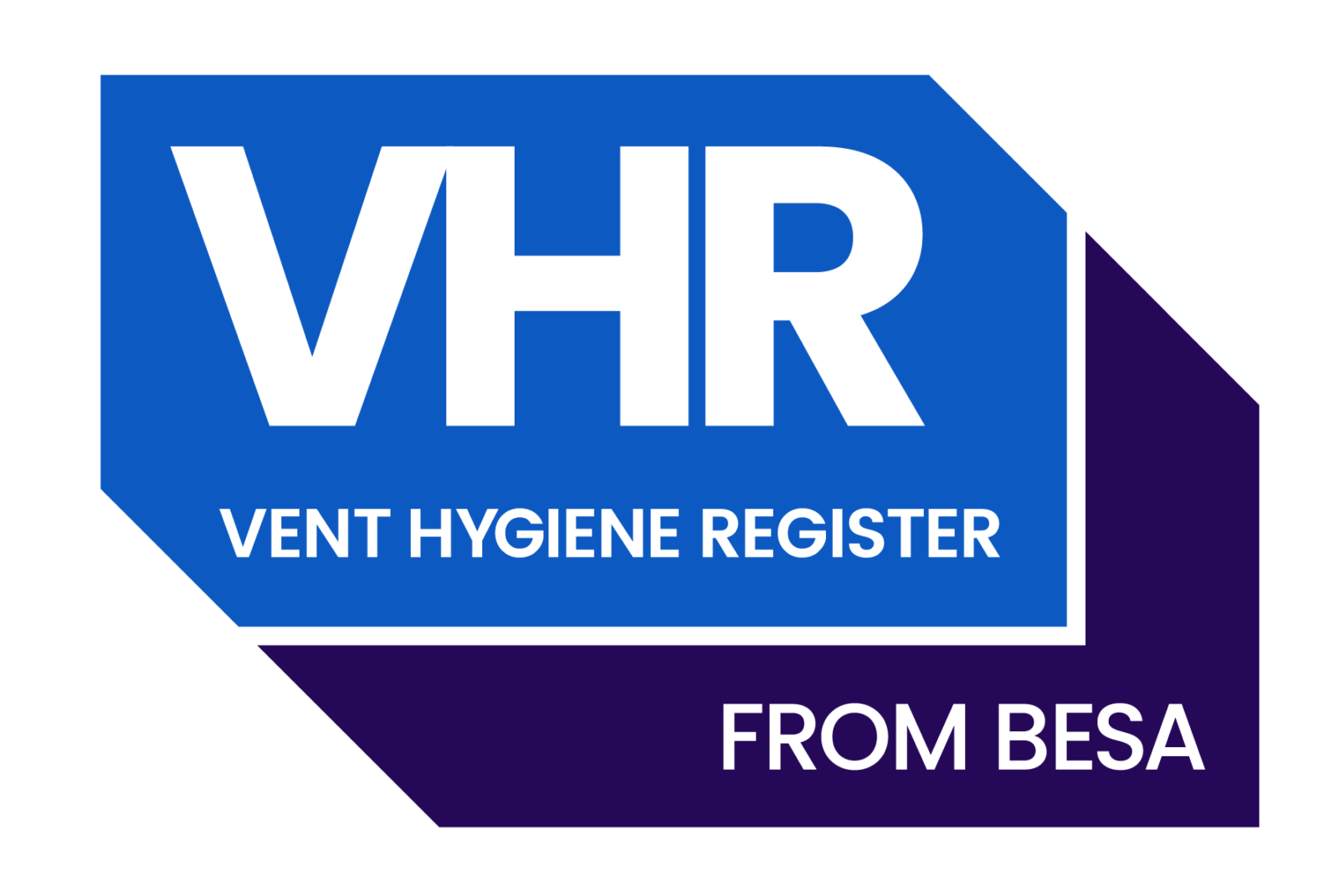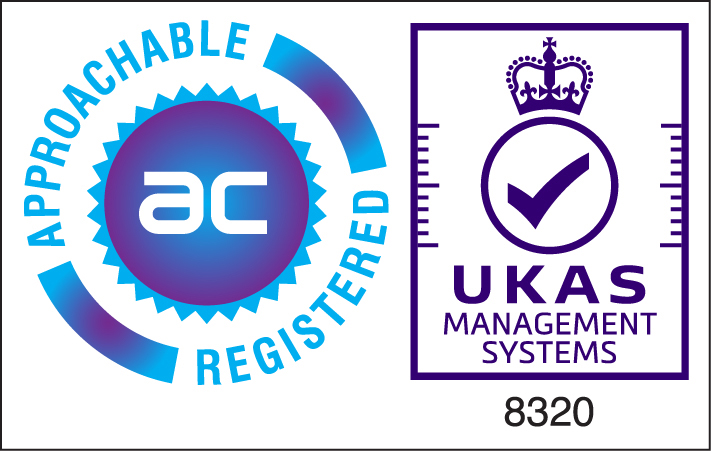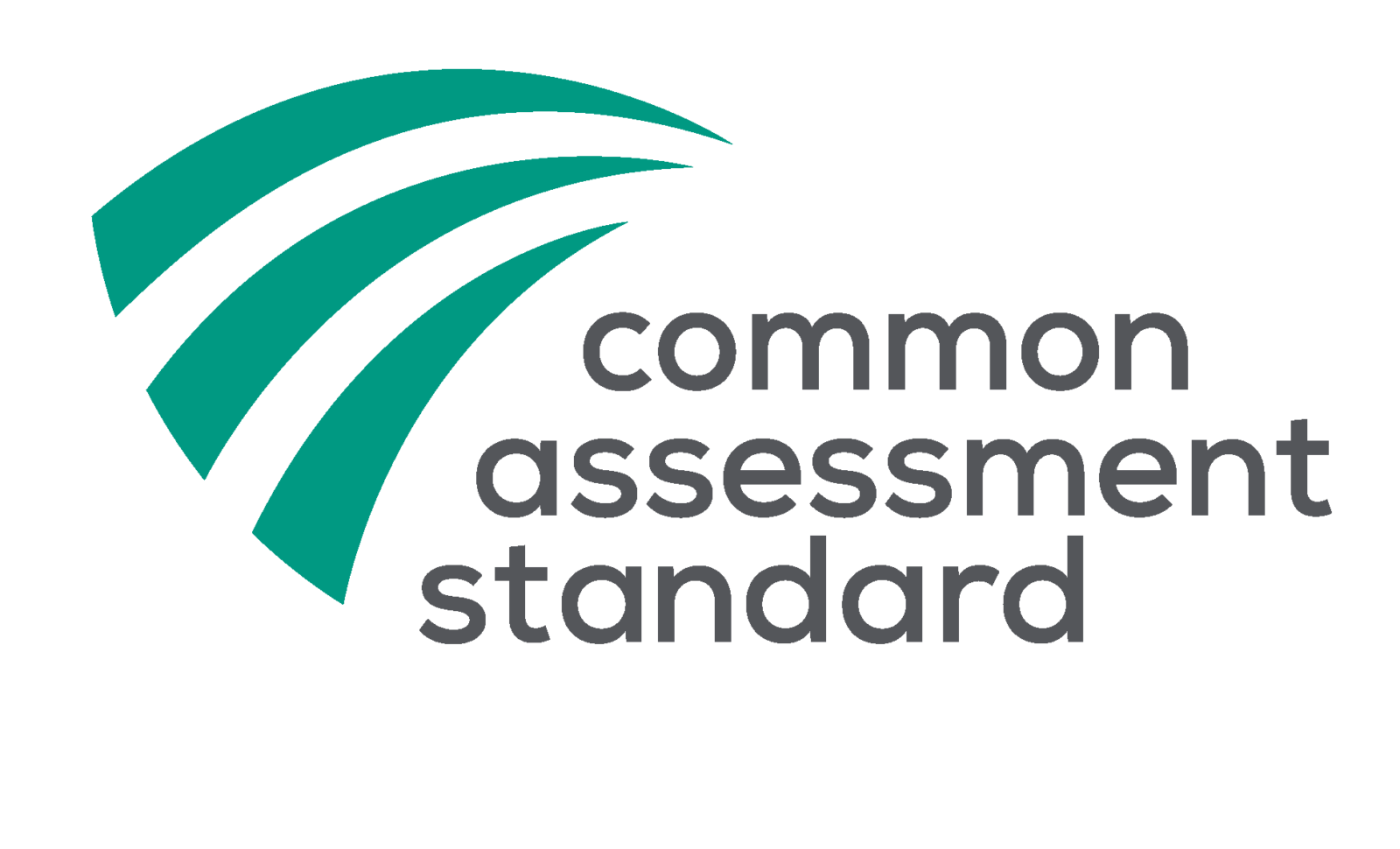It is sometimes used as a generic term for commercial air conditioning, but the two terms don’t really mean the same thing.
Air conditioning heat or cool the air as it travels through them. The units ‘condition ‘ the air by changing the condition of it from raw unfiltered incoming air with an unchanged humidity from that of outside air to a more acceptable air for humans to operate in.
As a result, sometimes a contractor may refer to any unit controlling air, whether cold or hot, as an air conditioner whereas this is in fact an Air Handling Unit that ‘handles’ the air.
Small units mounted on the wall or in the ceiling grid of an occupied space ordinarily take incoming air from the main AHU (Air Handling Unit) and fine tune the desired heating or cooling for a specific space, these units produce what is known as Comfort Cooling, or localised conditioning / heating.
To avoid any misunderstanding, you can define an air conditioning unit (ACU) as a system designed to condition air only by temperature change or filtration insertion.
If the system is capable of altering more of the air’s parameters and does more than these functions, in that it has the ability to amend humidity or dryness of the air ,as well altering the volume of air delivered into a space in a bid to reduce the concentration of CO2 (as a reaction to CO2 sensors in the building feeding back to it) then it is what is known as Full Air Conditioning.
In simple terms an AHU blows heated or chilled air but an air conditioning unit does much more than that and controls more parameters for enhanced comfort and more accurate compliance with the user’s demands in specific areas.
Understanding HVAC
HVAC is an acronym for heating, ventilation, and air conditioning. HVAC systems are responsible for both cooling and heating buildings while providing sufficient ventilation and allowing humidity and dehumidification whilst striking a balance of high filtration against good airflow. .
Dedicated HVAC units may take many forms and come in a variety of shapes and sizes, each offering unique benefits depending on the spaces they are used in and their original design. Common features of HVAC systems include ventilation ductwork systems comprising a series of parts ,each part designed to carry out one function or another in altering the air properties.
Instances exist where an HVAC system’s components may function independently of one and other. However, it is more common, for each system component to work with each other. Known as combined systems, these HVAC solutions include both air conditioning and central heating.
It is worth remembering, however, that an HVAC system does far more than conveniently cool or warm the rooms we work or live in. It also transforms the air quality indoors to create a healthy and comfortable environment for building users.
HVAC systems can be found in many different variations, but at their core, they are always based on the same concepts. Fresh air from outside is drawn in through a fresh air intake on the side of the building and is distributed via ventilation ductwork. Alternatively the building may be naturally ventilated without the need for mechanical enhancement or driving of the air to the places where it is needed in the building.
Natural ventilation
No specialised equipment is necessary for natural ventilation. This method of ventilation can be seen in most homes, in the form of building exits and entry points. When fresh air from outside moves in and out of windows, and doors of its own accord this process is known as natural ventilation.
Natural air exchanges are vital to dilute CO2 levels which lead to drowsiness, inattention ,and in some working environments can be dangerous. In office environments they cause alertness to be maintained by removing the vitiated air (dirty or used) present.
Mechanical ventilation
When a man-made system transports air in and out of a building, the process is referred to as mechanical ventilation. Older architectural designs of buildings were engineered around harnessing and subtly directing air flows of natural ventilation from one part of the structure to another.
Nowadays,we live in homes and work in business premises where the main provider of a fresh supply of natural air are the very windows and doors. However, modern architectural designs energy regulations are strict.
Part L or Part F ?
Building Regulation Part F covers ventilation in properties in England and most of the details can be found in the Domestic Ventilation Compliance Guide. This document has been designed to ensure that ventilation not only delivers the required airflow, but also does it efficiently and quietly.
What is Building Regulations Part L?
Part L is split into several documents which cover different areas: Approved Document Part L1A: Covers the requirements for new homes to be energy efficient, and individuals responsible for building work must ensure that the homes complies with the requirements provided within this document contemporary construction favours far more tightly sealed properties. Because of this design philosophy, mechanical ventilation through an HVAC system has become far more important for households.
Fresh air enters a building using a built-for-purpose air inlet unit. The air is instantly put to work, entering via a bank of multiple density filters -usually a coarse paper filter with fibres or a pleated paper panel, followed often by a cloth windsock filter to catch the finer particles, the cleaned air is then routed to various areas where it is required. The filter bank is used to remove dirt, dust, and allergens, along with many other unwanted particles. The air is used for both cooling and heating but also can produce overly-dry air if this is not corrected inside the AHU giving dry air that causes itchy skin ,throat, eyes and all manner of allergic reactions to the air.
After the air has been filtered and cooled or heated to the correct temperature required, it is supplied to the area served. In a centralised system, this air flow takes place through a ductwork system. Each length of ductwork takes the air to where it is needed.
Benefits of HVAC
HVAC units offer the user a wide range of different benefits. They can save interior space and are easy to install. Reliable and versatile, they are useful for both residential and commercial environments and can lower the price of annual utility bills. As a result, they can be especially effective when users need to cool or heat a large living space or workplace. Finally, HVAC systems enjoy streamlined and simple maintenance, but this process must always be performed by a certified professional.
HVAC maintenance for optimum efficiency
HVAC maintenance must be performed quarterly to ensure that the system is operating effectively. As a result, buildings will remain more comfortable and cooler and energy costs will be reduced. Preventative routine maintenance has many benefits. A qualified maintenance professional can identify issues before they lead to bigger problems like breakdowns that can cause inconvenience and be expensive to repair. Routine maintenance can also extend the active service life of an HVAC system and its components.
Routine HVAC maintenance typically includes a complete change of all of the paper panel filters every 3 months,then every 6 months a change of the bag (secondary) filters, retensioning and changing of the fan belts comprehensive, cleaning of elements, coils, and drains and an inspection of motor operations, thermostat functionality and all connections. Refrigerant pressure is monitored, and safety controls are tested. Finally, all moving parts are lubricated with the correct products designed specifically for the equipment.
Specialists in HVAC maintenance
At Ventilation Surveys and Services Ltd we offer national contracts, and reactive call-out arrangements and annual or 5-year planned preventative maintenance contracts.
Established in 2010, we are now the UK’s leading provider of ventilation hygiene and fire compliance services. If you require professional maintenance and ductwork cleaning for your ventilation, and air conditioning systems you can depend on our dedicated team of professionals.
To discuss your requirements and receive a free no-obligation quote for a preventative maintenance contract for your systems get in touch with us now.













